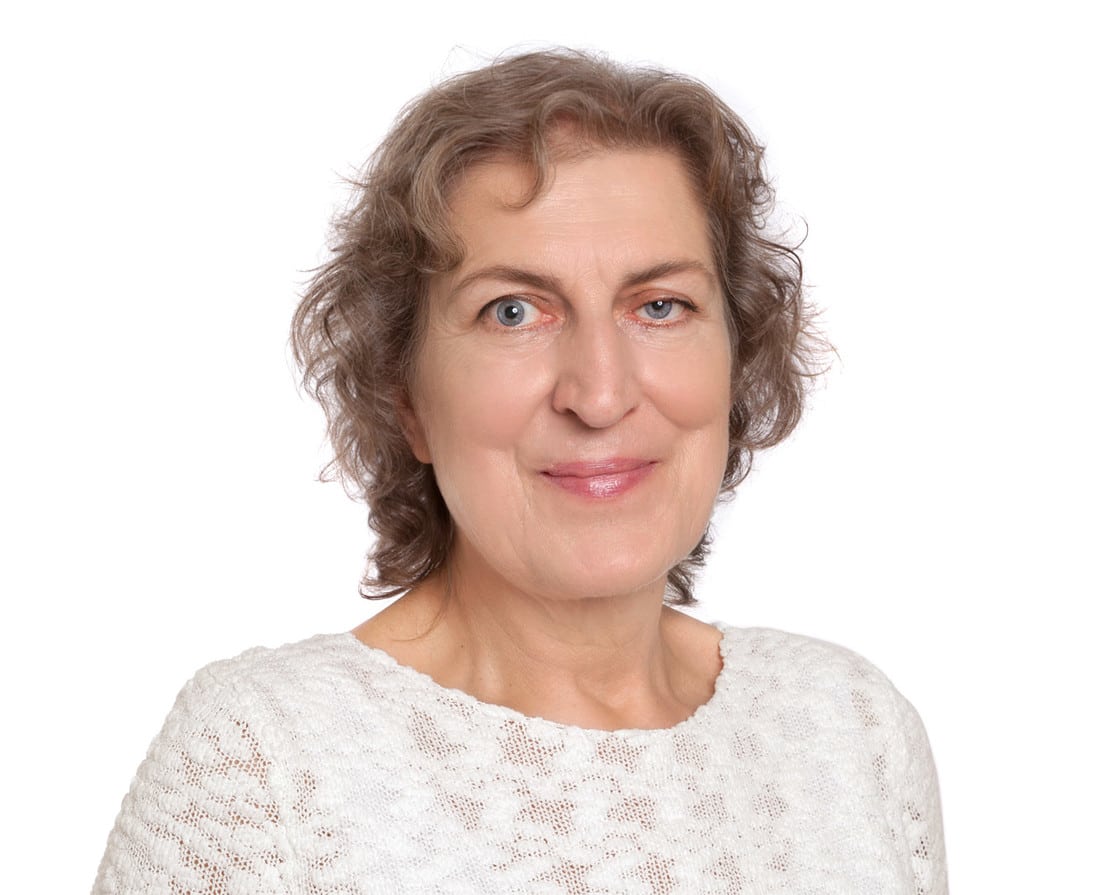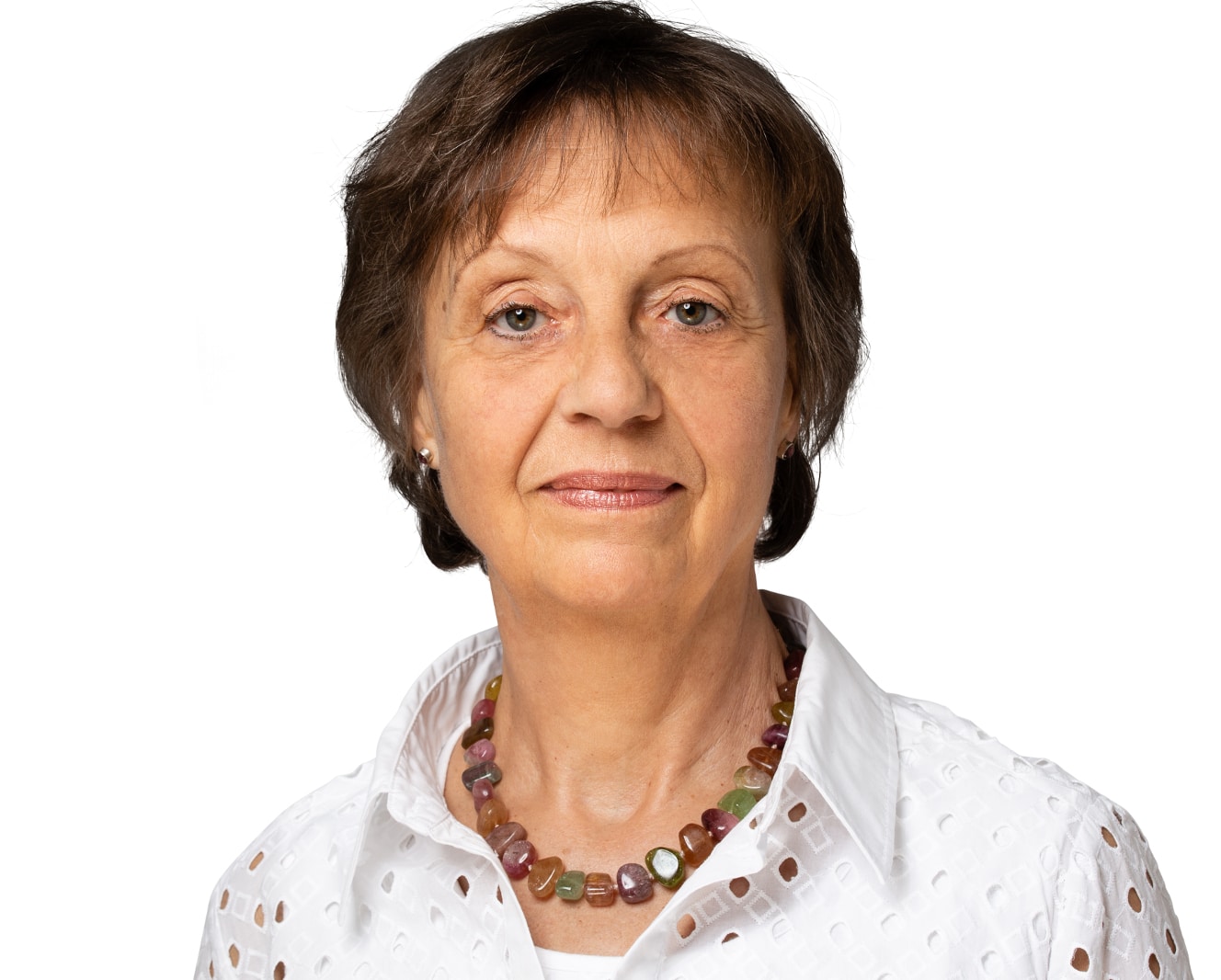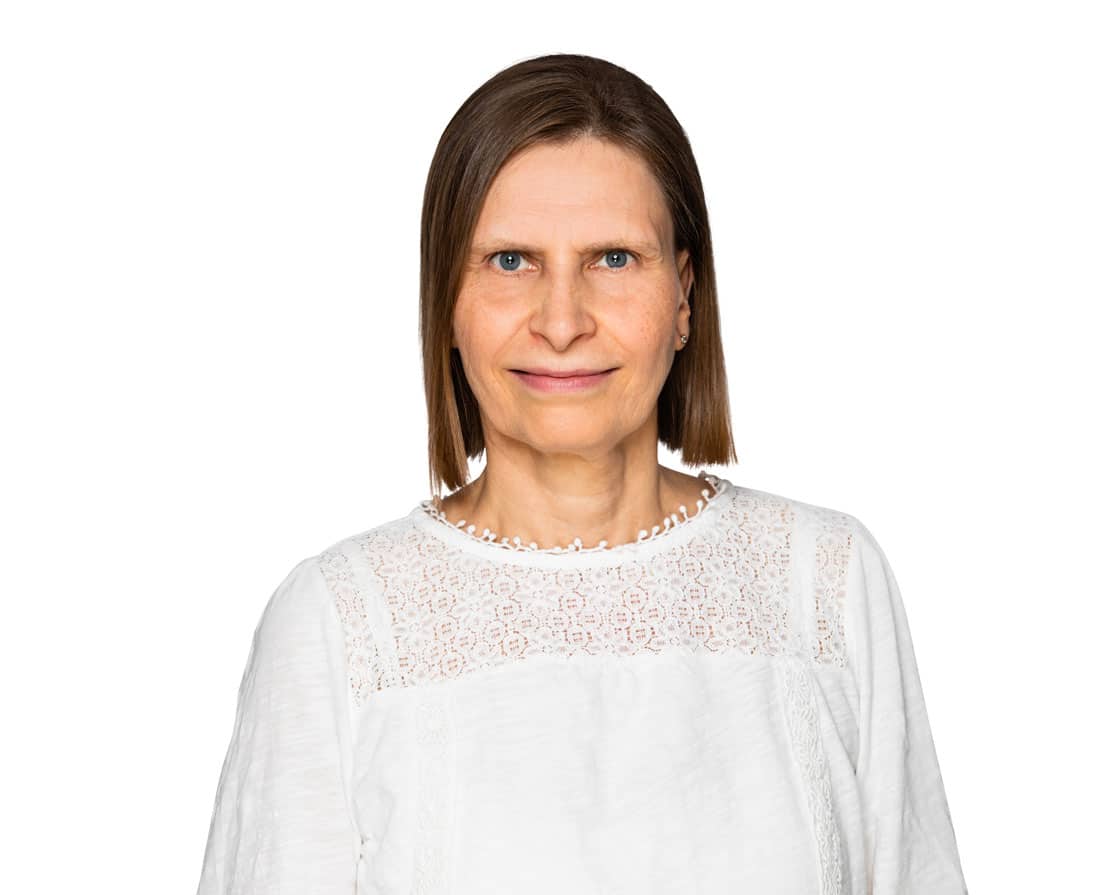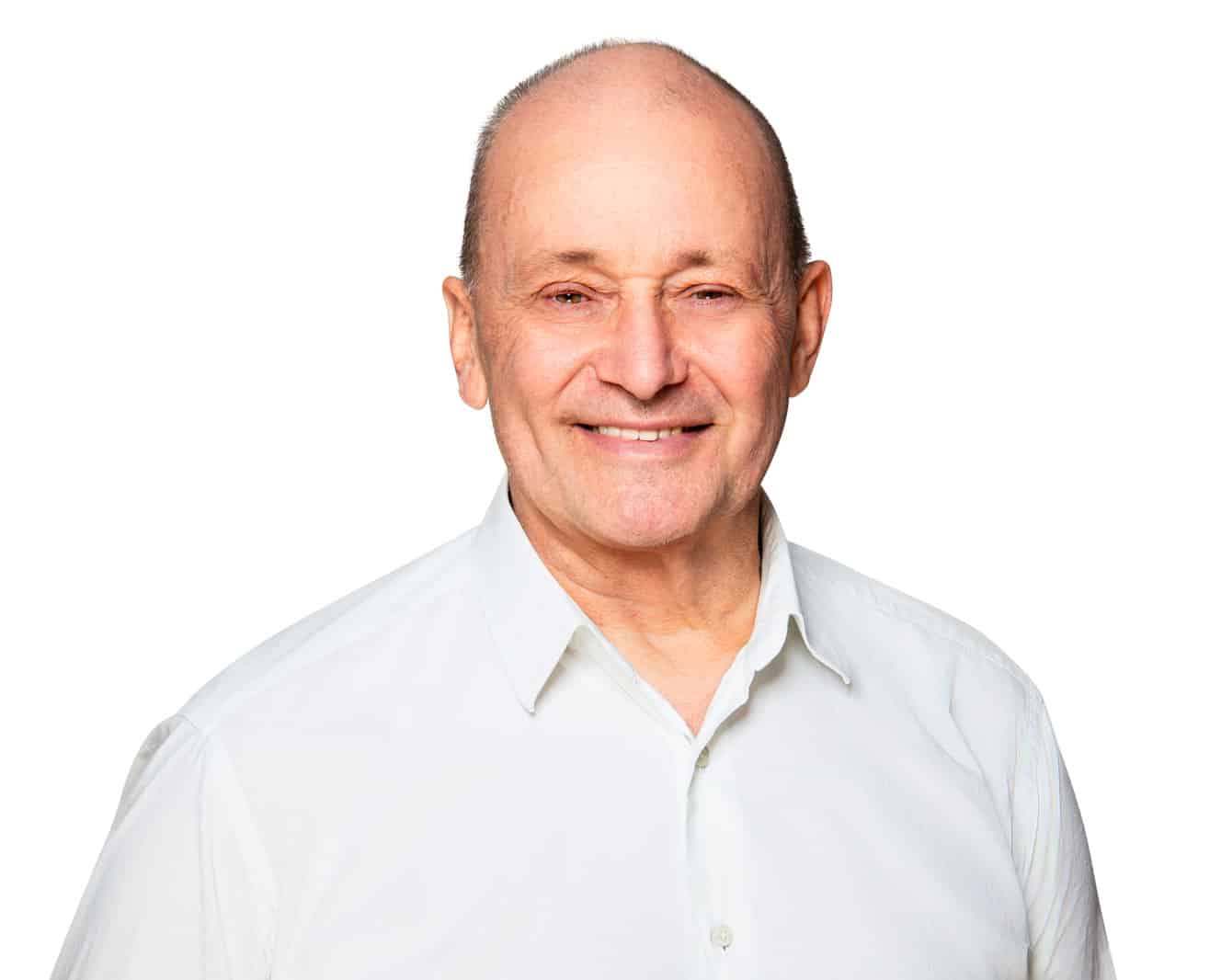Systemic and Interstitial Photodynamic Tumour Therapy
The principle of stimulating a light sensitive substance (photo-sensitiser), which is intravenously introduced into the blood circulation and/or injected locally into the tumour. The photo-sensitiser shows a high specificity for binding to any type of tumour cell present in the organism. The tumour cells are destroyed by the formation of active oxygen radicals, after being stimulated with the specific frequencies of laser light. Photo-sensitisers are usually composed of porphyrin molecules or similar structures, usually haem or chlorophyll derivatives. In other words, they are naturally occurring molecules that do not harm healthy cells.
New possibilities for cancer treatments
Modern, highly selective photo-sensitisers, such as Chlorin E6 or ICG (indocyanine green) and others are available for the treatment of various types of cancer.
Recent research has shown that classical chemotherapy agents also act as photosensitisers and become strongly stimulated by specific wavelengths of light. Thus, low-dose, non-toxic chemotherapy can be used in combination with photodynamic therapy.
Compared with classical chemotherapy, a special advantage lies in the fact that during the follow-up treatment the immune system is not stressed, but strengthened by the intravenous laser therapy. Moreover, the photodynamic therapy itself exerts a secondary immune-boosting effect.
Your contact persons
Contact and appointment possible at any time
Do one or more of the above points apply to you and would you like to do something for your health? Are you curious? Please feel free to contact us by phone to make an appointment.
You can reach us according to our opening hours at tel. 030 79016533. We look forward to your call or message.











